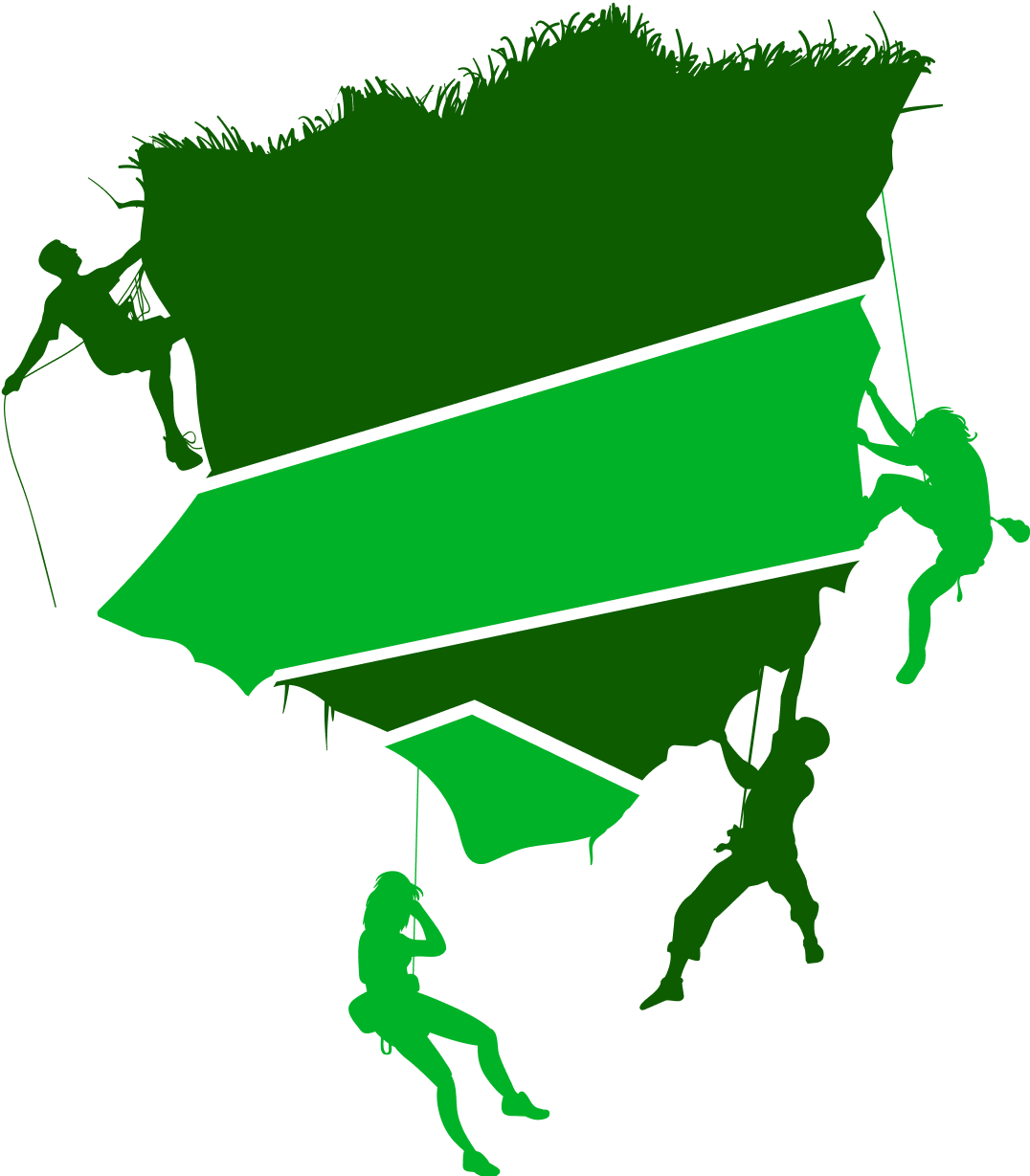Congratulations on taking the next step forward in your design career. While some of you are just getting started, others arriving here are established but looking for reinvention.
Regardless of where you are on your journey, all looking to grow are welcome here.
Each career path will take unique turns, but there are stages of experience that can establish a foundation for your career. While desire and effort are helpful, you’ll get a lot further if you acquire industry-specific knowledge regarding vocabulary and best practices.
The inability to accurately determine your location on the career spectrum is among the biggest hurdles for new and established designers. We’re humans, which means we are incredibly impatient — a terrible condition to suffer from when your goal is to move into a new career.

The stages
This guide combines knowledge and experience to establish your location on the career spectrum:
| Stage | Description | Purpose |
|---|---|---|
| First | Methods & Vocabulary | knowledge of industry terms and methods |
| Second | Process in practice | Significant project to test knowledge and skills |
| Third | Portfolio & Presentation | Documentation that allows you to display process behind a project to unfamiliar audience |
| Fourth | Field experience | Initial freelance, non-profit, or volunteer work on a project outside the bounds of a school or boot camp |
| Fifth | Career launch | All prior stages are complete, and job search is underway |
While experience is part of the spectrum described above, the real requirement for progression is the knowledge that you’ll leverage in practice. Regardless of the field of design, it doesn’t take years of work to determine whether you can do it.
Equally, years of experience doesn’t mean you’re adequately equipped to move forward. Modern design has a lot of adjacent opportunities, but time in the industry doesn’t qualify you by default. Everything you need you can learn, but cutting corners won’t do you any favors. Be honest with yourself as you assess your skills, and you’ll be better off over time.
Once you learn the basics, you can begin to put your knowledge to work. The danger comes in thinking that landing your first job is the end of your education. I’m entering my third decade of design, and each day holds the potential for a new moment of exploration.
Which brings us to the real key for a successful design career — the possession of natural curiousity.
Do you have it? Can you find it? Is it sustainable?
This vital trait expands beyond design and the tools used to include the people and communities that interact with your work.
Such an overwhelming question isn’t something to lock up over, but it should linger with you. Remember that there isn’t a single correct answer, AND the concept of curiosity will modify itself over the length of any career — including yours.
Finally, give yourself the gift of time. While growth can happen at any moment, it should be measured over weeks, months, and years.
Further review
| Article | Source/Author |
|---|---|
| The job behind finding the job | New Pragmatic |
| How to navigate transitions in your design career | Margaret Kelsey |
Exercise
To kick off the Career Mode exercises, you’re first going to self-analyze where you are on the scale presented above. Based on the stage selected, that will determine what your next step in the program should be.
Take a moment to determine your current stage.
Once complete, update your Program Journal with an entry reflecting on why you selected the chosen stage. As this is intended to be a guide, please note any areas where you believe you are between stages.
When finished, post a link to your Journal in the #Feedback-Loop channel for review.
///
Please proceed to the content associated with your selected career stage:
First Stage Begin with Intro to Product Design
Second Stage Start the Fresh Market Project
Third Stage Let’s begin building your portfolio with Career Inventory
Fourth Stage & Beyond time to determine your next steps Professional Path